Ashok Kumar Thakur v. Union of India (2008) 6 SCC 496
Supreme Court upheld 27% OBC reservation, required creamy layer exclusion, and found no excessive delegation. Easy English classroom explainer.

Quick Summary
ashok-kumar-thakur-v-union-of-india-2008-6-scc-496The Court upheld 27% reservation for OBCs. But it said: remove the creamy layer so help reaches the truly backward. The creamy layer rule does not apply to SC/ST. The Union can set criteria for identifying backward classes because there are adequate guidelines. The amendment and policy do not break the Constitution’s basic structure.
Issues
- Is 27% OBC reservation constitutional?
- Should the creamy layer be excluded from OBC benefits?
- Is empowering the Union to set backward class criteria a valid delegation?
Rules
- The Constitution allows special measures for socially and educationally backward classes.
- Creamy layer: the economically advanced within OBCs should be excluded from reservation.
- Delegation is valid when the law provides guidance and standards for implementation.
Facts (Timeline)

Arguments
Petitioner
- 27% reservation, as applied, harms equality and merit.
- Wealthy OBCs (creamy layer) take the benefits; exclude them.
- Union has excessive power to define “backward” without clear guidance.
Respondent (Union of India)
- The Constitution supports affirmative action for backward classes.
- Creamy layer exclusion can ensure fair targeting.
- Parliament has set policy and standards; Union acts within guidance.
Judgment

The Supreme Court upheld the 27% OBC reservation. It directed that the creamy layer must be excluded so that benefits go to the truly disadvantaged. The creamy layer rule does not apply to SC/ST. The Court also held that empowering the Union to set criteria for identifying backward classes is constitutionally valid. The amendment and policy do not damage the basic structure.
Ratio Decidendi
Reservations for OBCs are constitutional if targeted to the truly backward by excluding the creamy layer. Delegation to the Union is valid when guided by constitutional and statutory standards.
Why It Matters
- Protects the spirit of affirmative action by filtering out the well-off.
- Confirms that targeted reservations can coexist with equality.
- Clarifies that guided delegation to the Union is workable and valid.
Key Takeaways
- 27% OBC reservation stands.
- Creamy layer must be excluded (not for SC/ST).
- Union’s identification power is a valid, guided delegation.
- Basic structure remains intact.
Mnemonic + 3-Step Hook
Mnemonic: “Right Help, Right Group.”
- Right: Reservation is constitutional.
- Help: Remove creamy layer to target need.
- Group: Union may set criteria with guidance.
IRAC
| Issue | Rule | Application | Conclusion |
|---|---|---|---|
| Are OBC quotas constitutional and should creamy layer be excluded? | Constitution permits special provisions; creamy layer must be removed from OBC benefits. | Policy furthers social justice; excluding the affluent keeps targeting intact. | 27% OBC reservation valid; creamy layer exclusion mandatory. |
| Is delegation to the Union valid? | Delegation okay with adequate guidance and standards. | Identification criteria framed within constitutional guidance. | Delegation upheld; no violation of basic structure. |
Glossary
- OBC
- Other Backward Classes—socially and educationally backward groups.
- Creamy layer
- Economically advanced members within OBCs who are excluded from reservation benefits.
- Basic structure
- Core features of the Constitution that cannot be damaged by amendments.
FAQs
Related Cases
Reservation & Equality
Decisions balancing affirmative action with equality and merit.
Creamy Layer Doctrine
Cases refining the exclusion of economically advanced groups within OBCs.
Share
Related Post
Tags
Archive
Popular & Recent Post























































































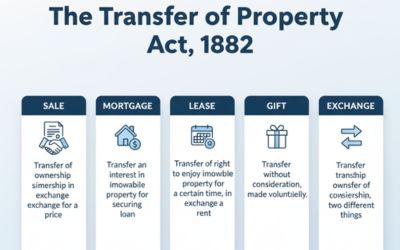
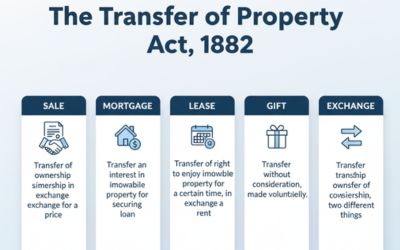

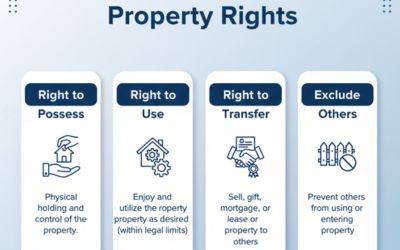
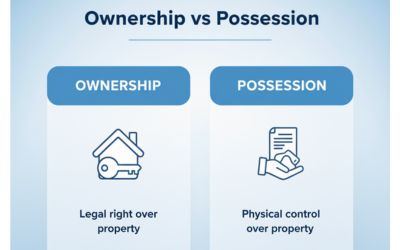

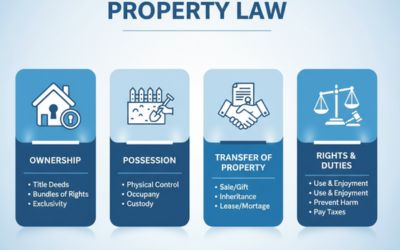



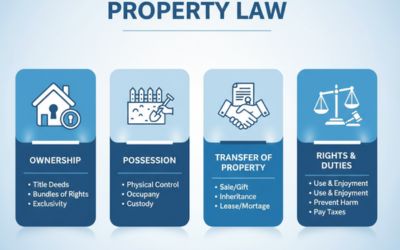
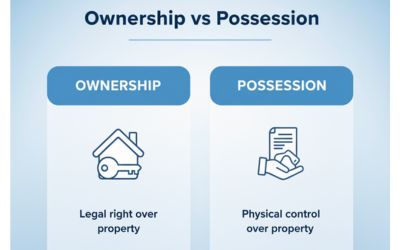
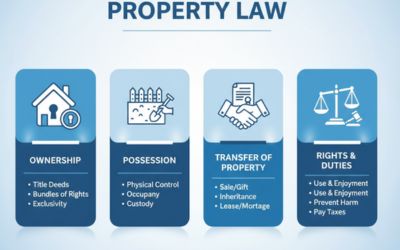
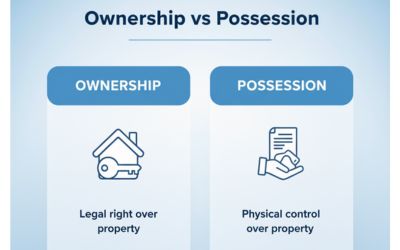



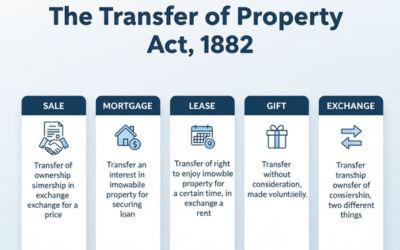
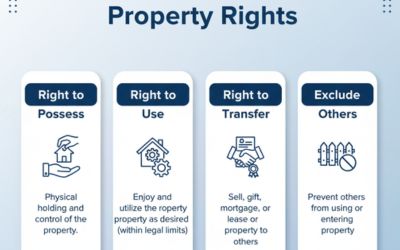


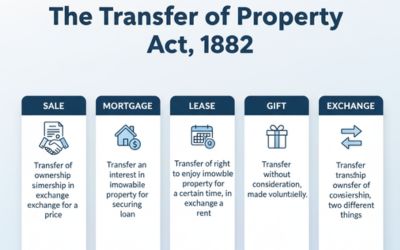




























































Comment
Nothing for now